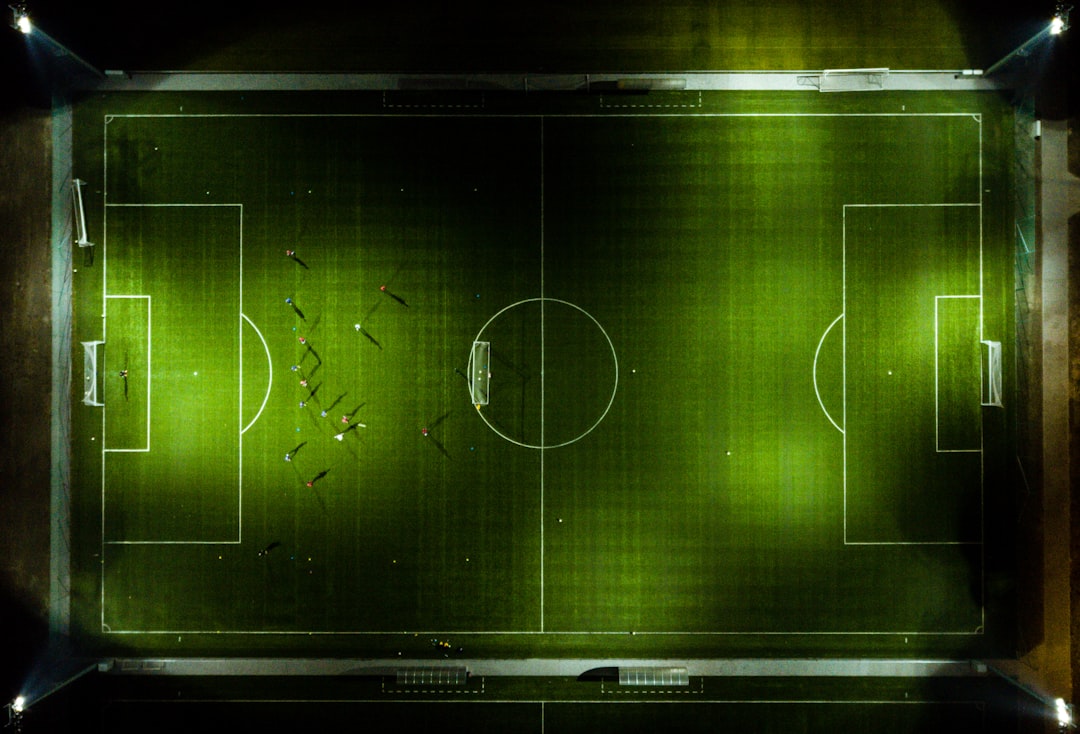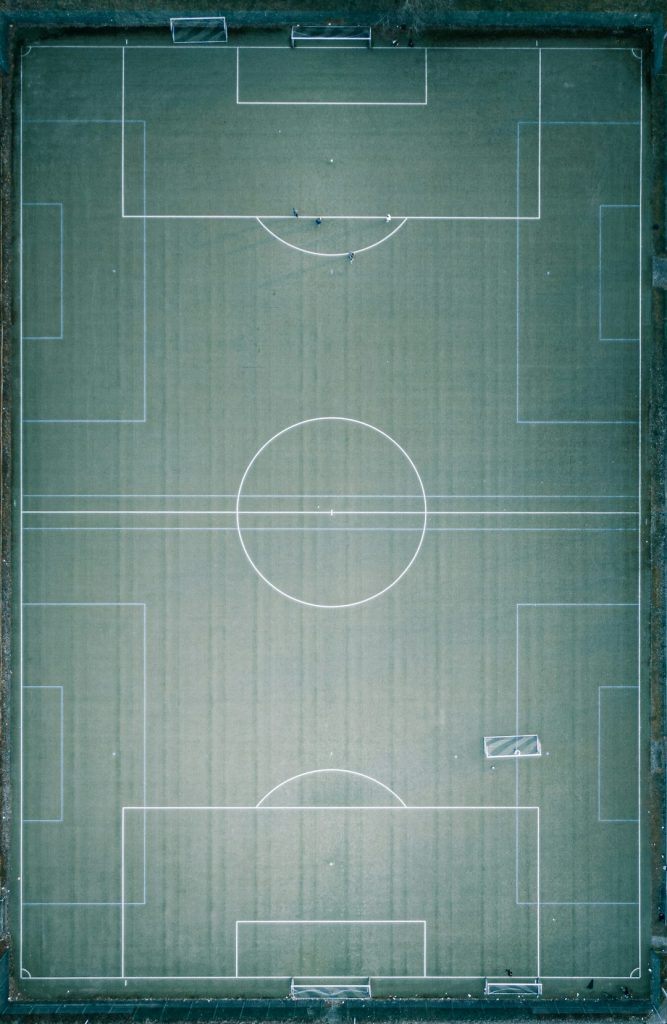In the fast-paced, high-stakes world of football, every play counts and every second matters. Coaches, coordinators, and players constantly seek innovative ways to gain a competitive edge over their opponents. One revolution in the tactical evolution of the sport is the rise of the Football Play Designer — a specialized tool that empowers football professionals and enthusiasts to develop, refine, and implement superior strategies. This digital solution has quickly become a cornerstone resource for teams seeking efficiency, creativity, and strategic advantage.
What is a Football Play Designer?
A Football Play Designer is a digital or software-based platform that allows users to visually draft, customize, and analyze football plays. Much like drawing on a whiteboard, but with high-tech capabilities and data integration, these tools provide a simulated environment where users can:
- Create offensive or defensive plays using a drag-and-drop interface
- Assign routes, blocks, and responsibilities for each player
- Test plays against different defensive or offensive formations
- Simulate scenarios and visualize outcomes
- Share and export plans with coaching staff or players
This isn’t limited to professional-level teams. High-school coaches, college staff, flag football enthusiasts, and even video game strategists use play designers to envision smarter tactics and foster better understanding among team members.
Why is it a Game-Changer?
Gone are the days of chalk-and-board chalk-talks. Today’s teams demand precision, data integration, and rapid adaptability — all of which are made possible through modern play design tools. Below are the top reasons why this tool stands out in the contemporary football landscape:
1. Enhanced Visualization
With 2D and 3D play rendering capabilities, coaches can let their team visualize plays in real-time. Plays no longer live solely on paper; they are brought to life before anyone steps on the field.

2. Efficiency in Game Planning
Designing plays and game scenarios with a digital play designer is remarkably faster and more accurate than manual drawing. Coaches can clone, tweak, and iteratively test sets to build detailed playbooks within hours instead of days.
3. Accessibility for All Levels
These tools have democratized strategy creation in football. Youth coaches with limited resources now have the ability to build professional-grade playbooks. Similarly, new coaches are able to quickly learn and develop skills more effectively using interactive templates and community-shared playbooks.
4. Increased Player Understanding
One of the biggest challenges in coaching is transmitting knowledge cohesively across the team. Play designers often allow video integration, voiceover instructions, and animated playback, which improves comprehension and reduces confusion.

5. Real-Time Adaptability
Football is dynamic. A great play today could be shut down tomorrow. With a play designer, teams can analyze stats, watch recorded gameplay, and then quickly adjust their strategies accordingly to stay one step ahead of the opposition.
Key Features to Look For in a Football Play Designer
Every software solution has its strengths. Some are mobile-first, others cater to desktop power-users. However, the best football play design platforms are typically equipped with the following crucial features:
- Custom formations and templates: Ability to build plays for various offensive and defensive setups
- Animation and simulation: Watch how a play unfolds in real-time through animated visuals
- Collaboration tools: Share your designs with assistant coaches, coordinators, or the entire team
- Printable playbooks: Export plays to PDF or print formats for offline training
- Cloud storage: Save all your plays securely and access them on-demand from any device
- Integration with video analysis: Match your strategies with real game footage for deeper insight
When choosing a play designer, it’s important to align the functionality with specific goals, team size, and competition level. Some professional-grade tools may offer AI-driven suggestions or opponent analysis, while hobby-level apps focus more on ease of use.
Use Cases Across Different Levels of Play
Football Play Designers are useful across a variety of team levels and contexts. Here’s how different kinds of users are adopting them:
High School Teams
High school coaches can tightly manage practice time and player development by using visual aids. A play designer helps less-experienced players grasp more complex concepts.
College Football Programs
College teams benefit from advanced simulations and large database storage to manage massive playbooks and adjust quickly between games.
Flag Football Leagues
Flag football leaders turn to play design tools to spread out players, create spacing, and devise deceptive plays fitted for limited field use.
E-Sports and Video Game Leagues
Yes — even Madden and NCAA video game enthusiasts use football play designers to strategize and simulate plays before hitting “start”.
Benefits for Coaches and Players
The benefits of using a football play designer extend far beyond fewer mistakes or prettier playbooks. Let’s take a deeper look:
- Strategic Clarity: Everyone on the team knows where they’re supposed to be and when
- Consistent Play Refinement: Record and track changes to optimize plays over the season
- Improved Game Execution: Better preparation translates into smoother in-game performance
- Reduced Miscommunication: Visual learning aids align the vision between coaches and players
- Motivated Learning Environment: Players are more engaged when they can play an active role in strategy discussions
Integrating with Modern Football Tech
The modern gridiron blends athleticism, preparation, and technology. Football Play Designers often integrate with other digital coaching tools such as performance trackers, player analytics dashboards, and video breakdown software. The combination turns raw data into actionable insight, then maps that insight into visually executable plays.

This creates a full-circle strategy ecosystem from practice field to game day — ensuring that both the coach’s playbook and players’ mindset are always in sync.
Conclusion
Whether it’s to gain a slight tactical edge or overhaul an entire system, the Football Play Designer is the kind of tool that levels up a program’s ability to succeed. It shortens the learning curve, improves communication, and equips coaches and players alike with a clearer understanding of the game plan. In today’s data-rich and visually-driven sports universe, these tools are not just helpful — they’re essential.
Frequently Asked Questions (FAQ)
- Q: Is a football play designer suitable for youth or beginner coaches?
- A: Yes. Many play designers offer beginner-friendly modes, templates, and guides that make it easy for newcomers to start building effective plays.
- Q: Can I use football play designer software offline?
- A: Some software options do support offline mode, though many advanced features (like cloud syncing) may require an internet connection.
- Q: Does it include defensive play options as well?
- A: Absolutely. Most comprehensive platforms allow users to create both offensive and defensive plays with full control over formation and assignments.
- Q: Are these tools compatible with mobile devices?
- A: Yes. Many leading football play designers are available as mobile apps or through responsive web platforms that work on smartphones and tablets.
- Q: Can I collaborate with other coaches using these tools?
- A: Many platforms include team management and sharing features, allowing users to collaborate in real-time or asynchronously.
